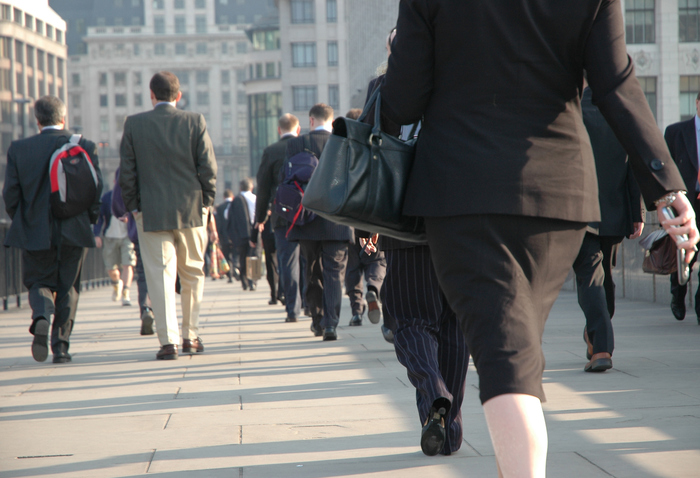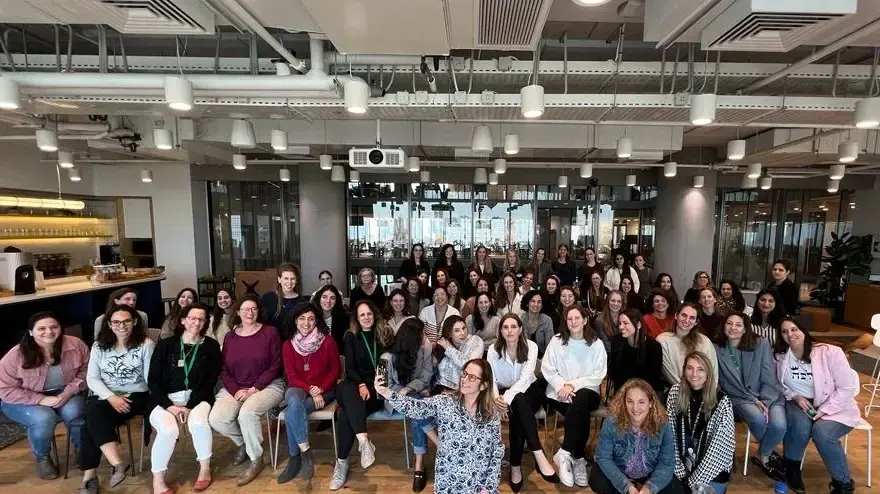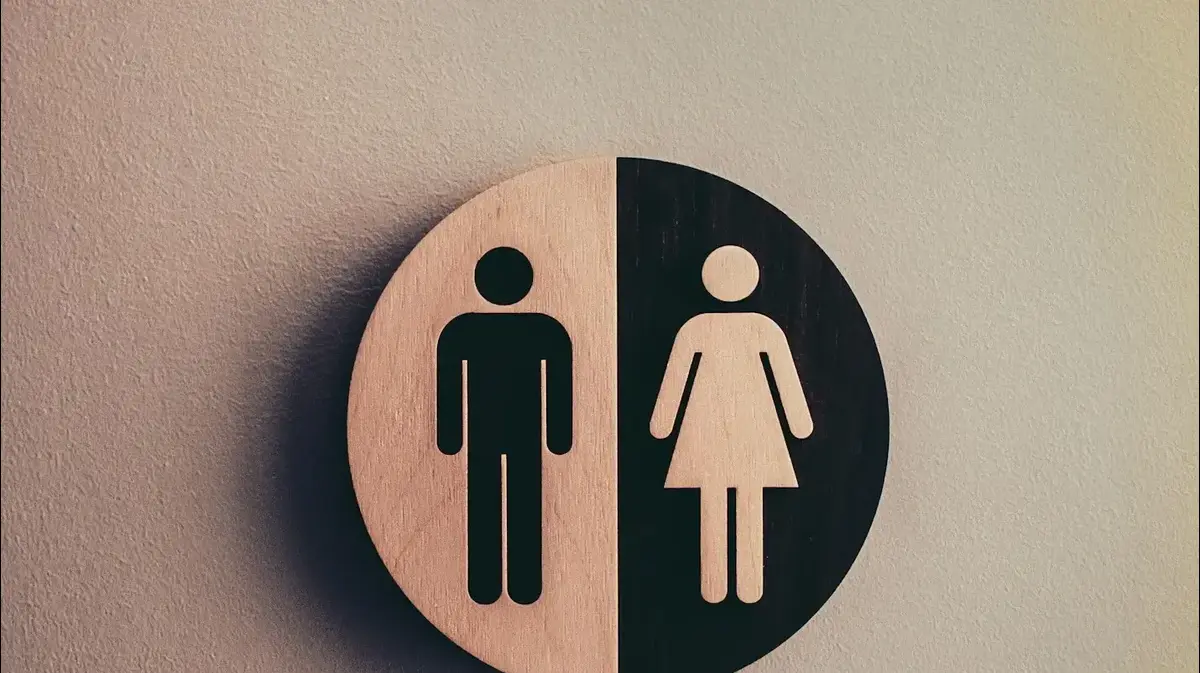Another generation of women will have to wait for gender equality
, according to the World Economic Forum's Global Gender Gap Report 2021.
As the impact of the COVID-19 pandemic continues to be felt, the closing of the global gender gap has increased by one generation from 99.5 years to 135.6 years.
The report highlights how
the pandemic has slowed down years of progress towards equality between men and women
, as
the disproportionate impact on women has been shown
as seen in a series of studies.
, who lost their jobs at a higher rate than men and had to take on much more of the additional childcare burden when schools closed. The effects will be felt in the long term, according to the World Economic Forum, which in its annual report on the global gender gap found that the goals for gender equality seem to drift further away as "although a level playing field is being created in terms of education and health conditions, women do not have the same opportunities, they face economic obstacles, a worsening of political participation and difficulties in keeping their jobs ".
The organization, which brings together the global elite in Switzerland's Davos every year, found in its previous report, released in December 2019 just before the pandemic, that gender parity in a number of sectors would be achieved within 99.5 years. .
But this year's report shows
the world is not on track
to close the gender gap for another 135.6 years.
"
Another generation of women will have to wait for gender equality
," the WEF said.
The Geneva-based organization's annual report tracks gender disparities in 156 countries in four areas: education, health, economic opportunity and political empowerment.
Equality in the workplace over 267 years - On
the plus side, women seem to be gradually closing the gender gap in areas such as health and education.
But workplace inequality - which has long seemed the most difficult area to correct - is not yet to be eliminated for another 267.6 years.
And the pandemic didn't help.
The WEF pointed to a study by the United Nations International Labor Organization showing that women are more likely to lose their jobs during the crisis, in part because they are disproportionately represented in sectors directly disrupted by blockades.
Other surveys showed that women were bearing a greater share of the burden of increased housework and childcare during lockdowns, contributing to greater stress and lower productivity levels.
Women were also hired at a slower pace than men when workplaces reopened, according to data from LinkedIn referenced in the report.
The pandemic has had a fundamental impact on gender equality both in the workplace and at home, bringing back years of progress, "WEF CEO Saadia Zahidi said in the statement." If we want a dynamic future economy, it is vital that women are represented in tomorrow's jobs, "she said, stressing that" this is the time to incorporate gender equality into the recovery. "
Gender political gap growing -
It was in the political sphere that the march towards Gender equality has made the biggest turnaround, with several large-population countries seeing the political gender gap widening, the WEF study found. Women still hold just over a quarter of parliamentary seats worldwide and only 22.6 percent of ministerial posts. In its current trajectory, the gender political divide is not expected to close completely for another 145.5 years, the report found.
a 50% increase over the estimated 95 years in the 2020 report, the WEF stressed.
Progress in the categories varies greatly between countries and regions.
The report pointed out that while Western European countries could close
their overall gender gap in 52.1 years,
Middle Eastern and North African countries will take nearly 142.4 years to do so.
The ranking:
Overall,
the Nordic countries once again dominated the top of the rankings: the gap between men and women was narrowest in Iceland, for the 12th consecutive year, followed by Finland and Norway.
New Zealand took fourth place, ahead of Sweden, followed by Namibia.
The US is only 30th.
Despite all the difficulties experienced by women in Italy, by no means immune to the global trend that has seen them pay the heaviest price of the socio-economic impact of the pandemic together with young people, the Peninsula marks an improvement in the indicators calculated by the organization of Geneva
.
In fact, Italy's position improves by 14 positions, to 62nd place out of 156 economies taken into consideration: in 2020 it was 76th
: it is better, but it remains distant from neighboring Germany (11th) and France (16th).
It ranks 41st on the scale of women's political emancipation, 33rd in terms of the number of women with ministerial positions.
Further back, however, in 55th place on the education front
, with a way to go in particular in female participation in study courses with more future: such as the Stem subjects (science, technology, engineering and mathematics) from which only 15 , 7% of female graduates, almost half that of males (33.9%).
And again
,
distant gender equality in part-time work (49.9% of women, against 21.4% of men) and in incomes: the average for women is 42.8% lower than for men, and even when perform similar tasks, women still suffer a gap of as much as 46.7% compared to men's salaries.
To this international picture is added a further figure from Consob:
less than 2% of women in the role of CEO of the companies listed on the Milan stock exchange,
below 4% for the office of chairman: a strong figure, even if the female presence in the board of directors of listed companies as director is close to the 40% required by law today.


/cloudfront-eu-central-1.images.arcpublishing.com/prisa/EMYXC3EVHNEG3OJHGIQCB2IVYA.jpg)

/cloudfront-eu-central-1.images.arcpublishing.com/prisa/K3WTDWC7UBAPPI554H3BSRMRAQ.jpg)


/cloudfront-eu-central-1.images.arcpublishing.com/prisa/NYBERFPPHVEJVER4FIRIEAGGX4.jpg)







